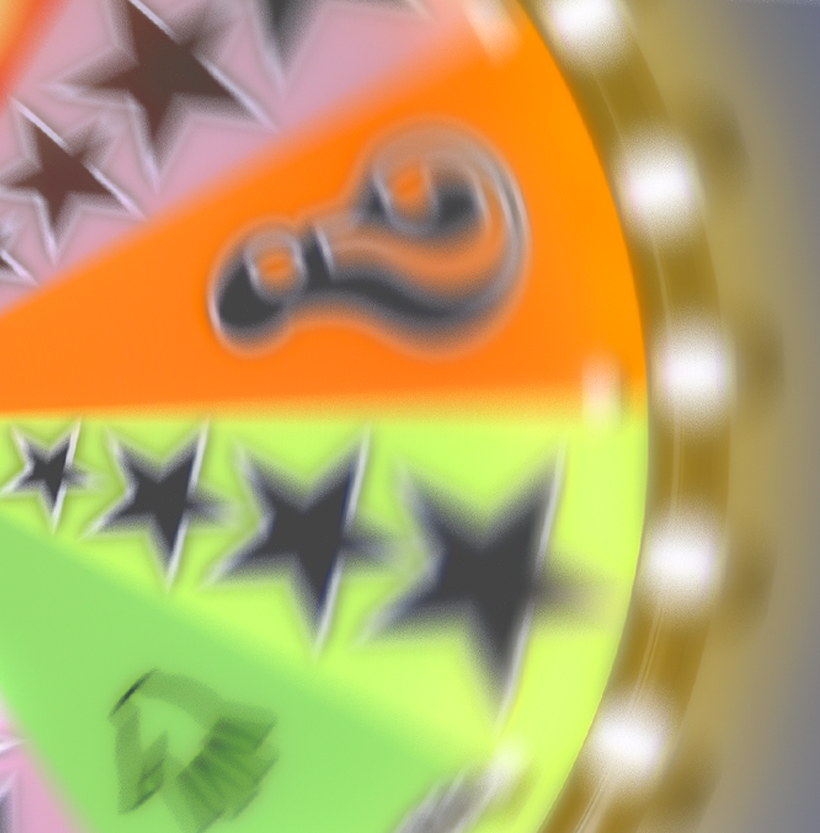ValhallaPlate: Plate Reverb Tips and Tricks
ValhallaPlate occupies an interesting place in the line up of Valhalla plugins. Earlier Valhalla products were either loosely inspired by existing algorithms in classic digital hardware (VintageVerb and Room), or were wholly original software (FreqEcho). Plate’s foundation was a piece of physical, mechanical hardware, the venerable EMT 140 plate reverb. This 8’x4’ slab of steel is a piece of recording history and ValhallaPlate began as an attempt to model this in software.
Other companies, such as Universal Audio and Waves, have done similar modeling of the EMT140 plate reverb, and been quite successful at it. Valhalla Plate was analyzed and dialed in against a particular EMT 140 here in Seattle at Avast! Recording. This plate has found its way onto the lush vocal stylings of the Fleet Foxes records and is a favorite reverb timbre of Sean’s.
Just as every Neumann U47 sounds different from each other, each EMT 140 has a unique timbre. I think many people when asked what they imagine in their minds a plate reverb to sound like, they see a sheet of steel and think “bright”, or “zingy” (that’s a technical term…). The reality is that most EMT plates are incredibly smooth and if not “dark”, then “not bright”. It’s the perfect timbre to give a vocal presence without exaggerating the upper-mid frequencies. Of course, one can EQ into the plate if you want to excite higher frequencies, or one can EQ after the return to really bring out the “zing”. To me, when left flat, a well maintained and tuned plate is a beautiful sound.
If you haven’t done so, I would encourage you to try the demo of ValhallaPlate and notice how different it is from the “plate” algorithms in VintageVerb and Room, neither of which were based on analyzing a real physical plate. ValhallaPlate is my go-to reverb on most mixes for snare drum and lead vocals. I created a whole wack of presets in Plate, many of which are (I think…) excellent starting points for reverbs on vocals and drums, but also some longer ones that can be useful on synths or to create atmospheres longer than any physical hardware plate would be capable of creating.
Give it a go and feel free to leave comments below!





Hey DON! Always awesome to learn new things.
Very nice post, thanks!
Thanks, man!
Awesome info, keep up these great blog! (I would also like to know more about space modulator)
Don, are ValhallaDSP still developing plugins? Or are you done?
There’s much more to come! Like a fine wine, sometimes things take a bit longer, but the end result will be worth it. There will be something new from Valhalla this year.
This year is coming to a close…where’s the next Valhalla fine wine? 🙂 Hope everything is well!
Hey Don
Which of your presets closely approximates the Fleet Foxes plate reverb off their first full length record?
I’m not sure which preset would be best, but I can tell you which modes to use. The Cobalt and Titanium modes both have a resonant peak in the lower frequencies, that was directly based on our analysis of the EMT140 plate used at Avast Studios (i.e. the same plate used on the first Fleet Foxes LP).